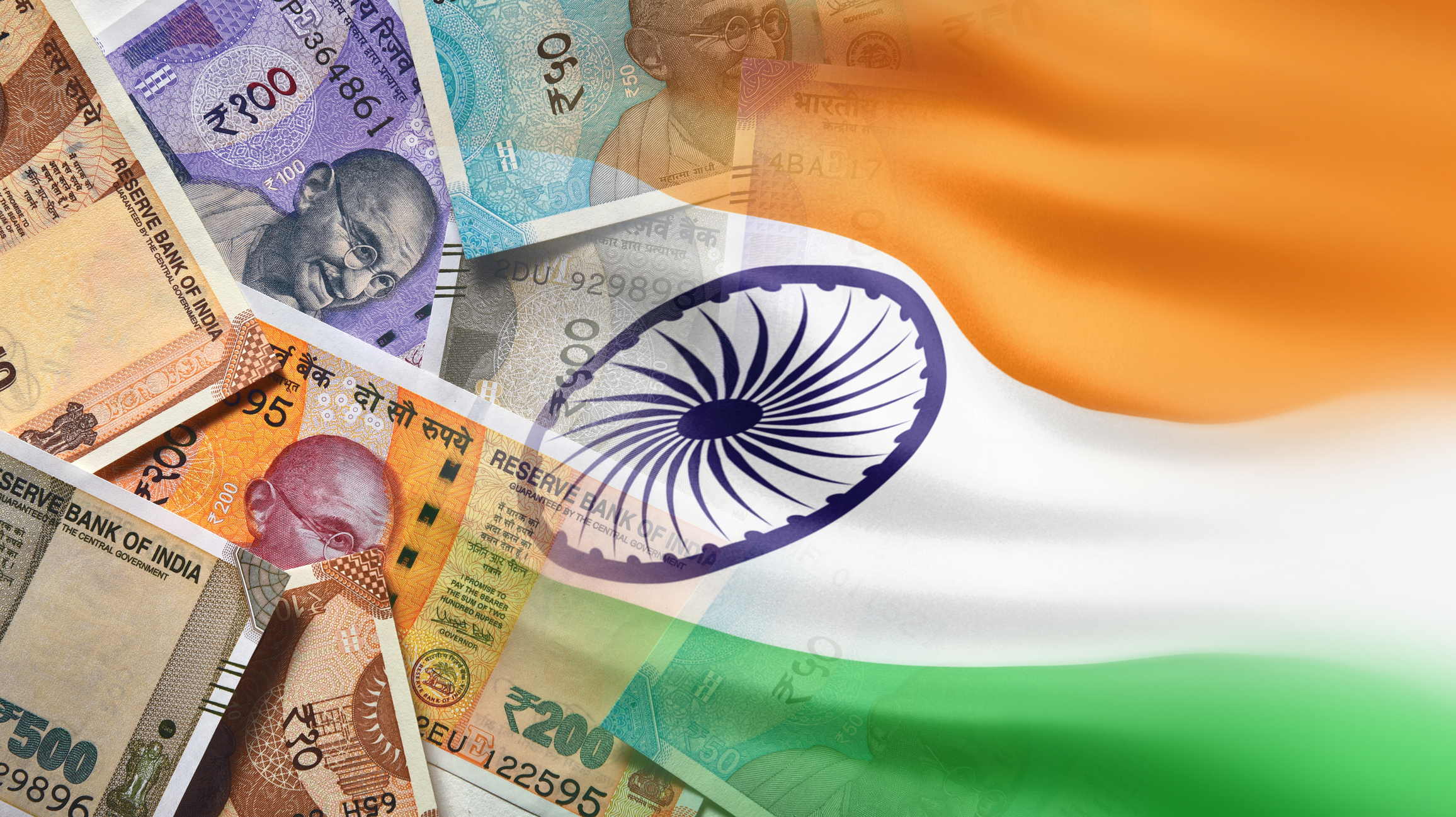The National Statistics Office (NSO), under the Ministry of Statistics and Programme Implementation (MoSPI), has released the Provisional Estimates of Annual Gross Domestic Product (GDP) for the financial year 2024–25, along with the Quarterly Estimates for the January–March period (Q4) of the same year.
India’s real GDP at constant (2011–12) prices is estimated to have grown by 6.5% in FY 2024–25, reaching ₹187.97 lakh crore, compared to ₹176.51 lakh crore in 2023–24. At current prices, the nominal GDP has increased by 9.8%, amounting to ₹330.68 lakh crore, up from ₹301.23 lakh crore in the previous financial year.
Real Gross Value Added (GVA) for the year is estimated at ₹171.87 lakh crore, reflecting a 6.4% growth from ₹161.51 lakh crore in FY 2023–24. The nominal GVA stands at ₹300.22 lakh crore, a 9.5% increase over the previous year.
In the fourth quarter (January to March) of FY 2024–25, real GDP rose to ₹51.35 lakh crore, a 7.4% increase from ₹47.82 lakh crore in Q4 of FY 2023–24. Nominal GDP during the same period reached ₹88.18 lakh crore, reflecting a 10.8% growth. Real GVA in Q4 stood at ₹45.76 lakh crore, up 6.8% from ₹42.86 lakh crore, while nominal GVA reached ₹79.46 lakh crore, marking a 9.6% increase.
Among the key drivers of this economic performance, the construction sector led with an annual growth of 9.4%, accelerating to 10.8% growth in Q4. The public administration, defence, and other services sector followed with 8.9% growth during the year and 8.7% in Q4. Financial, real estate, and professional services saw a 7.2% increase annually and 7.8% growth in the final quarter.
The primary sector, which includes agriculture, livestock, forestry, fishing, mining, and quarrying, registered a growth rate of 4.4% in FY 2024–25, a notable improvement from 2.7% in the previous year. In Q4 alone, the sector grew by 5.0%, up significantly from 0.8% in the same quarter of the previous year.
Private Final Consumption Expenditure (PFCE) recorded a 7.2% growth during FY 2024–25, reflecting stronger consumer spending compared to 5.6% in FY 2023–24. Gross Fixed Capital Formation (GFCF), an indicator of investment demand, grew by 7.1% for the full year and 9.4% in Q4.
The GDP estimates were compiled using the benchmark-indicator method, based on the extrapolation of the previous year’s estimates using sector-specific performance indicators. These include data from the Index of Industrial Production (IIP), financial performance of listed companies, crop and livestock output, energy and construction material production, transport and trade data, banking and insurance activity, GST collections, and government expenditure records.
The estimates also reflect the tax and subsidy data available from both the Central and State Governments. For tax calculations, both GST and non-GST revenues were considered, and for subsidies, major components such as food, urea, petroleum, and nutrient-based subsidies were accounted for.
These provisional figures are subject to revision based on updated inputs from source agencies. Users are advised to interpret the data with this in mind.
The next release of GDP data, covering the first quarter of FY 2025–26 (April–June), is scheduled for 29 August 2025.










